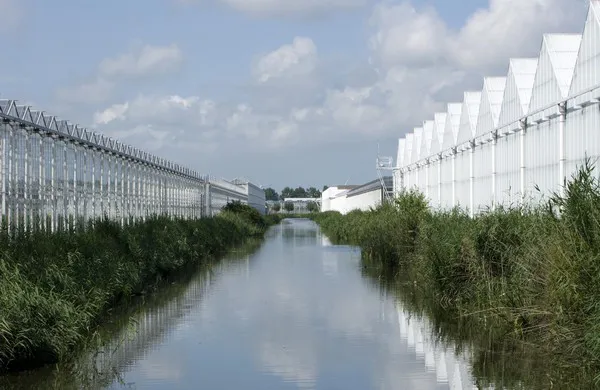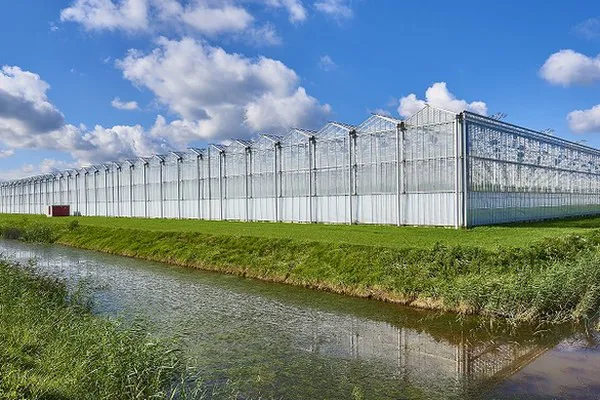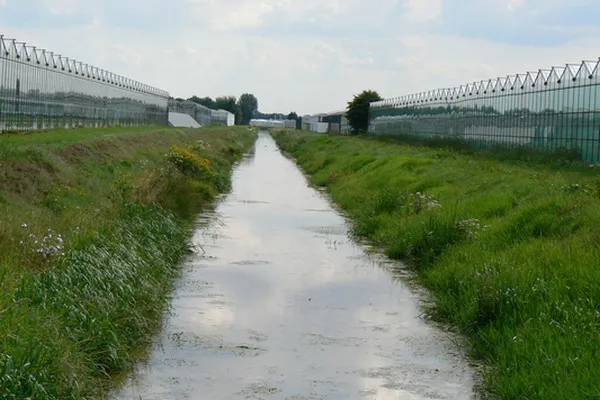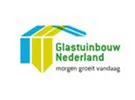Glastuinbouw Nederland has introduced the concept of the water coach as one of the final steps towards improving the quality of surface water. The WFD is an EU directive that sets standards for the quality of surface water. With the Emission-free Greenhouse, work is being done to achieve almost zero emissions by 2027, and thereby meet the requirements of the WFD in 2027.
Since last summer, various companies have been visited by water coaches to establish good working methods. A water coach is someone who, critically and free of commercial interests, monitors a company's water flow. Arthur van den Berg, from Glastuinbouw Nederland, says that about 17 visits have been made during the pilot and that the visits will really start in February. AVAG has contributed to the development of the checklist used by water coaches.

Checklist
By means of a checklist and a water scan, the company's water flow is made transparent. This is followed by an extensive tour in and around the company facilities. Then, a check is carried out in the greenhouse, and the water flow is mapped and checked in the technical area. The use of plant protection products is also addressed.
A faulty gutter
The idea is for a company to be able to declare that a water coach has been present. In this way, a greenhouse horticulture company shows that it is working on improving the water quality. If a certain issue is detected often, the manufacturer is consulted to find a solution. Examples include a faulty gutter or poor drainage from a drain. Together with AVAG, the most common problems are discussed, and a solution is sought. The length of the repair depends on the type of problem. "Sometimes, implementing a solution can take up to six months, for example, if you have to wait for the crop rotation," says Arthur.

Water coach
"The advantage of a water coach for growers is that there's someone to provide oversight and reflection. The coach points out to growers what they should be paying attention to. You don't always think about that when running your business operations. Together, you can dot the i's and cross the t's. The water coach also provides relevant knowledge from, for example, new studies. This can prevent leakages, which is better for the environment and surroundings. Manufacturers of plant protection products also keep an eye on this. Too many exceedances can lead to the withdrawal or modification of an authorization."
A visit from a water coach lasts about half a day. Including aftercare and preparation, it takes about one day in total.

"Following the Emission-free Greenhouse agreement, we reached new agreements at the end of 2022. One of them was that water coaches would be used to achieve the goals of the Water Framework Directive 2027. More and more growers are considering the impact they have on their surroundings. Water quality is part of that. Companies also want to take that step themselves. Water coaches bring knowledge from previous studies, and knowledge transfer is important during the visit."
The financing comes from an Emission-free Greenhouse. "We hope to visit at least 100 to 150 companies. We are currently discussing funding possibilities with the Province of South Holland, the water boards, and the Ministry of I&W, among others, so there can be more visits in other regions."
Raising awareness to prevent emissions
The water coach should make growers aware of the fact that there may be emission routes that they were not aware of, but that can often be rectified. "This awareness can reduce the number of accidents. Whether you can prevent all accidents this way, I don't know. But it will always help," says Arthur.
For more information:
Arthur van den Berg
Glastuinbouw Nederland
Louis Pasteurlaan 6, 2719 EE
Zoetermeer, the Netherlands
Tel.: +31 6 237 579 68
[email protected]
www.glastuinbouwnederland.nl
